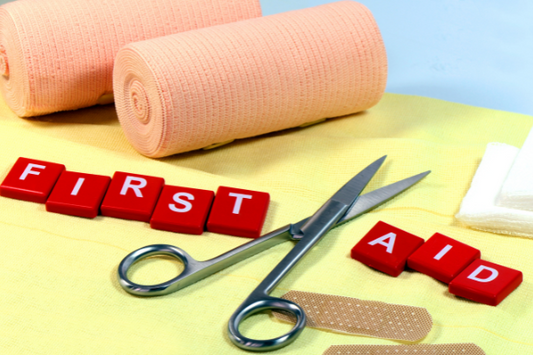Summer in Australia, while perfect for outdoor adventures, also brings increased risks of encounters with snakes, spiders, and other creatures. Understanding how to handle bites and stings is crucial for safety. This guide provides essential first aid tips, resources, and real-life survivor stories to help you prepare.
Understanding the Risks: Venomous Australian Snakes and Spiders
Venomous Snakes
Australia is home to several venomous snakes. Here’s a comprehensive list of some of the most dangerous:
- Eastern Brown Snake: Responsible for more fatalities than any other snake in Australia.
- Tiger Snake: Known for causing numerous deaths before the advent of antivenom.
- Inland Taipan: Holds the title for the most venomous snake globally, though bites are rare.
- Coastal Taipan: Highly venomous and aggressive, capable of multiple strikes.
- Mulga Snake (King Brown Snake): Has a powerful bite with a large venom yield.
- Death Adder: Known for its ambush hunting technique.
For more detailed information on these snakes, visit the Australian Museum’s reptile page.
Venomous Spiders
Australia also hosts a range of venomous spiders:
- Sydney Funnel-web Spider: One of the most dangerous spiders.
- Redback Spider: Causes many bites annually, though fatalities are rare now.
- Mouse Spider: Known for its powerful bite.
For an overview of these spiders, check out Australia’s deadliest spiders on the Australian Museum’s site.
Key Statistics on Snake and Spider Envenomation
- Seasonality: Most snake and spider bites occur during the warmer months, aligning with increased outdoor activities.
- Demographics: According to the Australian Institute of Health and Welfare, males are more frequently bitten than females, often due to occupational exposures in outdoor settings. Children aged 0-14 and adults aged 25-44 are the most common victims.
- Hospitalisations: Each year, there are approximately 3,000 hospitalisations due to snake bites and several thousand for spider bites, with a higher prevalence in rural and regional areas.
For more data, visit AIHW’s publication on venomous bites.
Survivor Stories
Brave Tales of Survival
Kate's Story:
While hiking in the Blue Mountains, Kate encountered an Eastern Brown snake.
Her quick application of a pressure immobilisation bandage and immediate call for help ensured she received appropriate medical treatment rapidly. Kate’s survival was a testament to her preparedness and knowledge, which was pivotal as she recovered from initial stiffness and fatigue.
Tom's Encounter:
While camping near the Murray River, Tom was bitten on the foot. His use of a makeshift pressure immobilisation bandage and his family’s immediate alert to emergency services were critical in his recovery.
Despite needing months of rehabilitation for strength, Tom’s story highlights the need for prompt action.
Ella’s Experience:
Eight-year-old Ella was bitten in her backyard. Her mother’s calm application of first aid and quick response played a key role in her swift recovery. The incident reinforced the vital role parents play in reacting to such emergencies.
Liam’s Story:
Bitten during a picnic, six-year-old Liam’s parents applied first aid techniques freshly learned from a course offered by Assurance Training and Sales. Their action was acknowledged by paramedics as life-saving, underscoring the training's importance.
Daniel’s Funnel-web Encounter:
Young Daniel was bitten by a Funnel-web spider. His father's application of first aid, combined with fast medical intervention and antivenom, ensured a rapid and complete recovery. This case highlights the effectiveness of Australia’s medical responses to spider envenomations.
Potential Problems After a Bite
Surviving a venomous bite can lead to:
- Nerve Damage: Long-term nerve issues may occur, leading to muscle weakness.
- Allergic Reactions: Antivenom can sometimes cause allergic reactions.
- Psychological Impact: Increased anxiety and fear of outdoor activities are common among survivors.
Essential First Aid Tips
- Stay Calm and Call for Help
- For venomous bites, call triple zero (000) immediately.
- Use a pressure immobilisation bandage to limit venom spread.
- Carry a snake bite kit at all times
-
Follow Correct Procedures-Stay Still and correctly apply a Pressure Immobilisation Bandage -not too tight and not too long!
-
For snake and funnelweb bites, use a broad bandage to wrap the affected limb, from tip to top.
-
Training and Courses
Learning through practical training is essential. Assurance Training and Sales offers comprehensive courses customised specifically to Outback Australian conditions, ensuring you are ready for any situation.
Consider enrolling in a course to enhance your skills. For more details, visit Assurance Training and Sales.
Stay Informed and Prepared
Educating yourself and maintaining a well-stocked first aid kit can significantly impact handling bites and stings effectively. Start preparing for your adventures this summer by investing in first aid knowledge and resources.


















